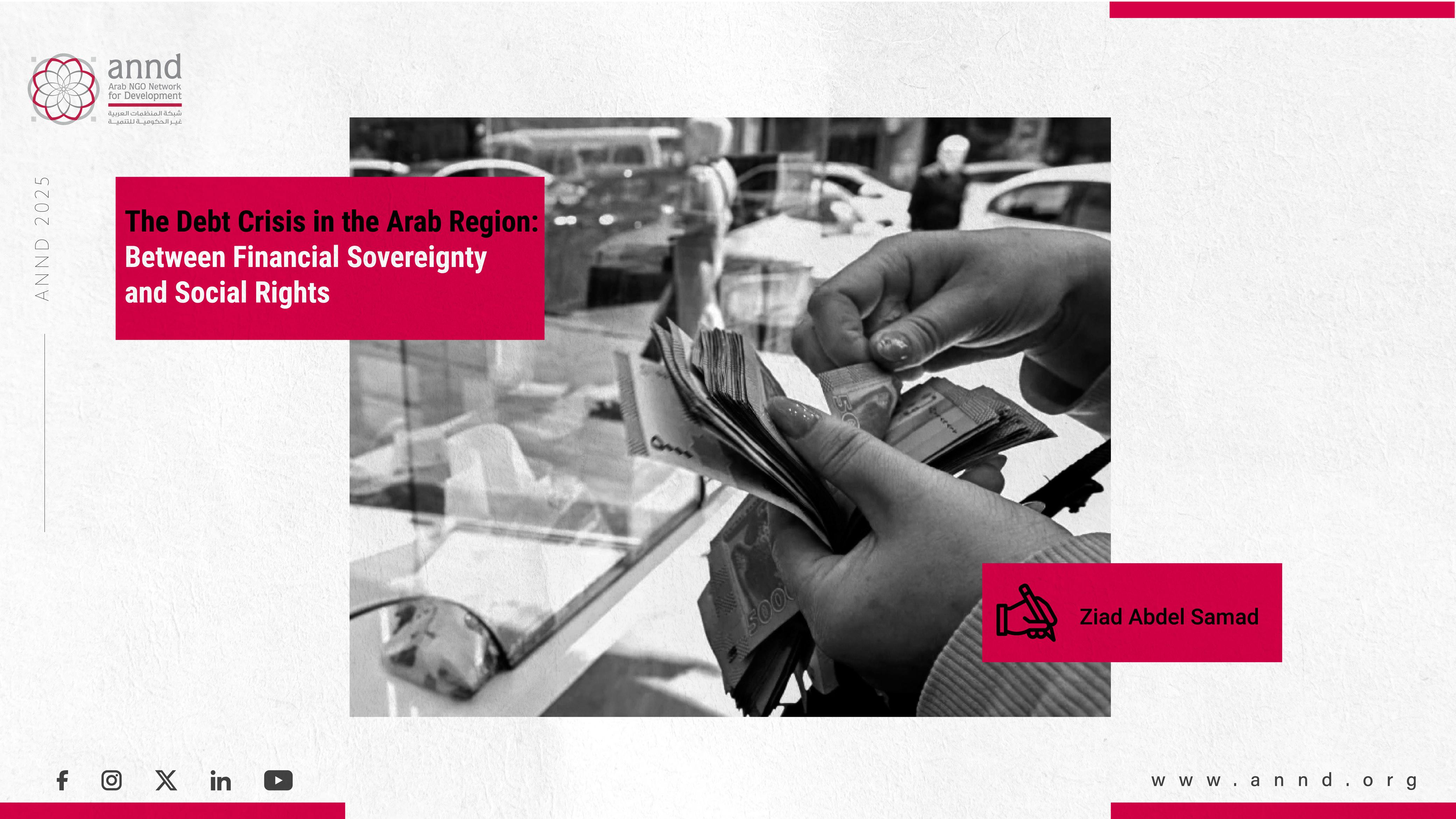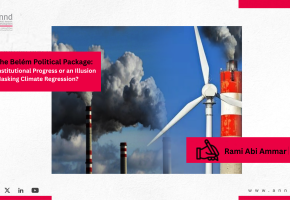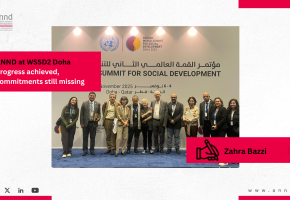
The Debt Crisis in the Arab World: Between Financial Sovereignty and Social Rights - Ziad Abdel Samad
The Debt Crisis in the Arab World: Between Financial Sovereignty and Social Rights - Ziad Abdel Samad
Many countries in the Arab region suffer from stifling debt crises, which go beyond mere economic challenges. They influence the very essence of national sovereignty and fundamental human rights. Debt is no longer just numbers and percentages; it is a daily reality that impacts citizens' ability to access basic services such as education, health, housing, and opportunities for a decent living and effective political participation.
First: Indebtedness Erodes Economic and Social Rights
The debt crisis in the Arab region has been linked to harsh austerity policies, often imposed by reform programs coupled with the conditions of international financial institutions, most notably the International Monetary Fund (IMF). These policies have led to:
● A significant decline in spending on education and health: The average health spending in Arab countries (excluding the Gulf Cooperation Council [GCC] countries) does not exceed 2.3% of GDP, below global averages. Spending on education was comparable to that of developing countries, but it still fell short of Sustainable Development Goal 4 (SDG4) requirements on ensuring quality education.
● Shrinking social protection programs: Support was limited to social safety nets targeting the poorest households and certain groups, such as people with disabilities and female-headed households, at best.
● High unemployment rates, especially among youth and women, in the absence of unemployment protection programs, lead to youth migration and the brain drain, affecting most Arab countries.
● Poverty levels and inequality in the distribution of income and wealth are on the rise: The top 1% of the population in the region holds more than 43% of the total wealth.
These repercussions resulted from financial pressures and reflected structural weaknesses in tax systems, a lack of equitable economic planning, and a fragile connection to the global economy without independent productive capacity.
Second: The Political Dimension and the Loss of Sovereign Space
Debt of this magnitude restricts financial decision-making and undermines national sovereignty, making countries subject to conditions and ongoing negotiations with the IMF and other donors.
These conditions often focus on austerity fiscal reforms, rather than equitable development plans.
Here lies the dilemma of limited political space: Decisive policies are discussed outside elected institutions, without public debate or sufficient transparency. Loan agreements or financing terms are often passed through government decisions or decrees, rather than through carefully considered legislative decisions, weakening mechanisms for accountability and democratic participation.
Third: Towards a Rights-Based Approach to Debt Management
We call for adopting a rights-based approach to debt management, based on:
● Human Rights Impact Assessments (HRIAs) for every economic policy or restructuring agreement.
● Setting social red lines that must not be crossed, such as free education, healthcare, and protection for vulnerable groups.
● Participation of affected communities in the design and implementation of reform programs, based on the principle that people are not "beneficiaries" but rights holders.
Ignoring these principles—as in Argentina and Zambia—has led to devastating social impacts, waves of popular protest, and a loss of legitimacy for political institutions.
Fourth: Redefining "Debt Sustainability"
In economic literature, "debt sustainability" is usually defined as the ability to repay. However, we believe that sustainability should include:
● The ability to finance social services.
● Achieving the Sustainable Development Goals.
● Resilience in crises (epidemics, climate change, conflicts).
According to the World Investment Report 2024, the financing gap required to achieve the SDGs in developing countries is approximately $4 trillion annually.
In the Arab world, 14 countries have not achieved a single Sustainable Development Goal. It is estimated that achieving these goals could be delayed by 60 years if current trends continue.
The UN Secretary-General recently called for the adoption of alternative measures to GDP that prioritize human and planetary well-being, stating that:
"Adopting indicators that complement GDP could radically transform policymaking, refocusing efforts on sustainable development and prosperity for all."
|
Addendum:
Lebanon as a Model of Intertwined Debt and Human Rights Collapse |
|
Lebanon is a vivid example of the interconnectedness
between the debt crisis and deteriorating economic and political rights.
Public debt has reached more than $95 billion in recent years, exceeding 280%
of GDP, according to the IMF, making it one of the highest debt ratios in the
world. 1. Political Impact: Increasing Subservience and Loss
of Sovereignty: Major financial decisions have become subject to
negotiations with the IMF and donors, often conducted outside constitutional
frameworks and without parliamentary oversight or public debate, weakening
transparency and marginalizing democratic participation. 2. Social Impact: A Complete Collapse of Fundamental
Rights: Since the financial collapse in 2019, purchasing power has
declined by more than 90%, and poverty has reached more than 80%. Before the default in 2020, approximately $5 billion was
allocated annually to debt service, greater than the total spending on health
and education combined. Despite suspending external debt payments, the savings
were not invested in improving social conditions. Instead, austerity policies
were pushed, affecting the most vulnerable groups and the salaries of
employees and retirees. 3. Realistic Alternative Options: Austerity is not the only option. Lebanon can adopt fair
national policies, including: ● Radical tax reform that ensures fair distribution, with
progressive taxes and the imposition of fees on investments in maritime and
public properties. ● Broadening the tax base and combating evasion, as the
annual loss from tax evasion is estimated at approximately $5 billion. ● Rationalizing public spending and reducing waste and
corruption. ● Enhancing transparency and accountability in debt
management and public finances, starting with activating the role of the
judiciary and Parliament. |
Recent publications

The Belém Political Package: Institutional Progress or an Illusion Masking Climate Regression? - Rami Abi Ammar
